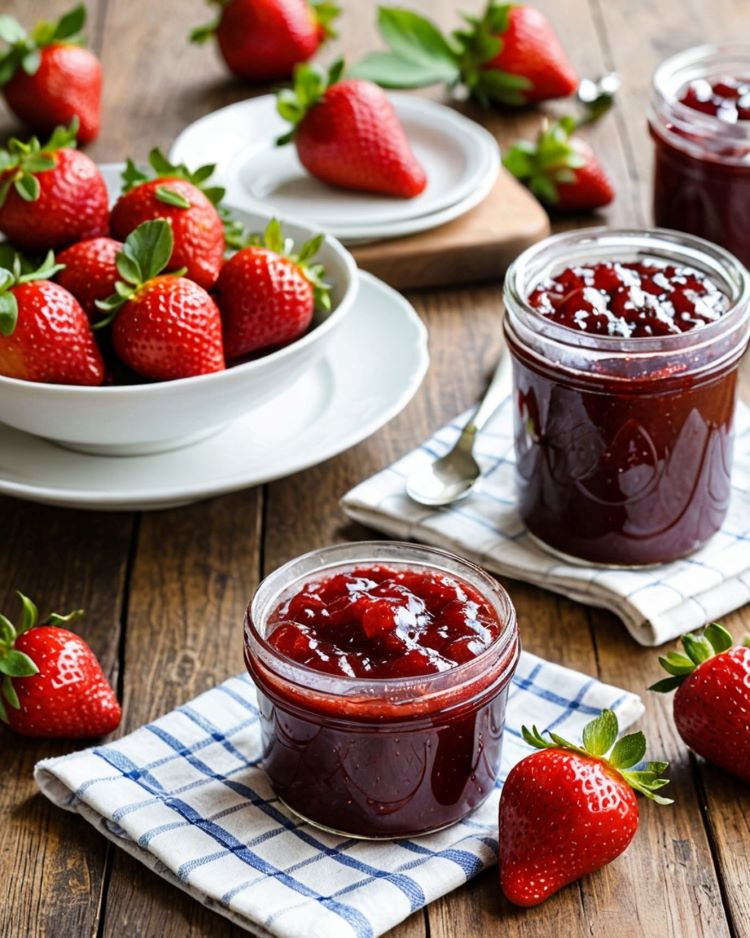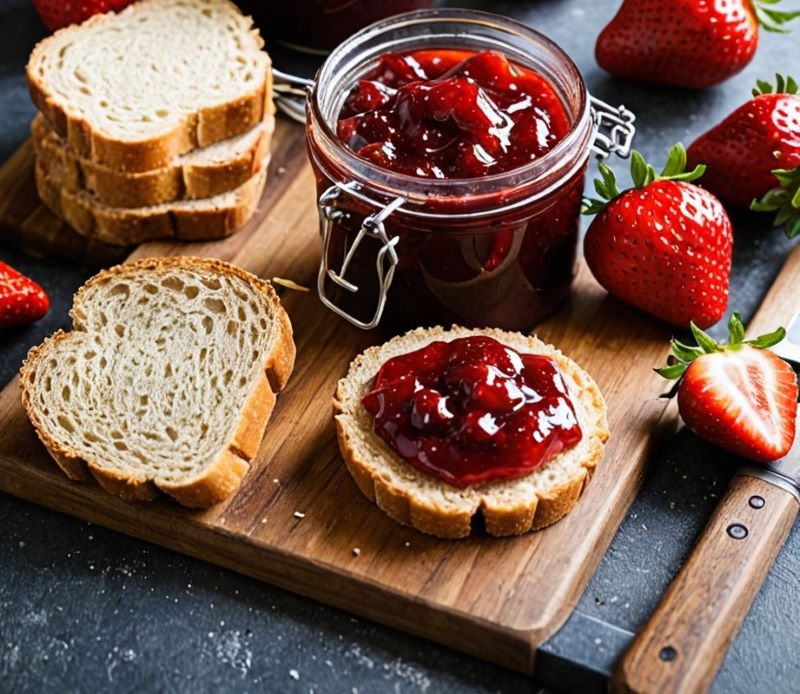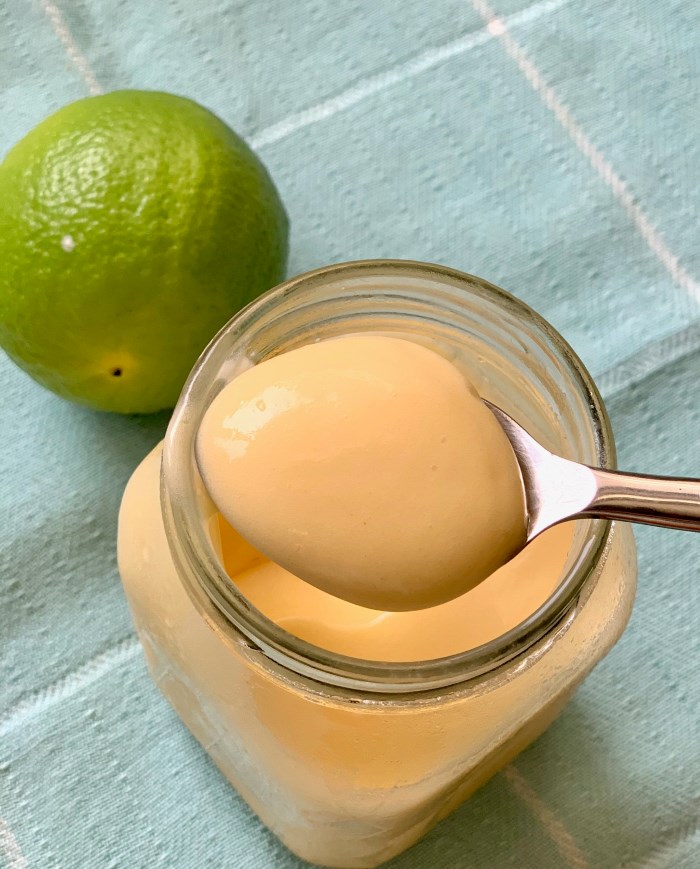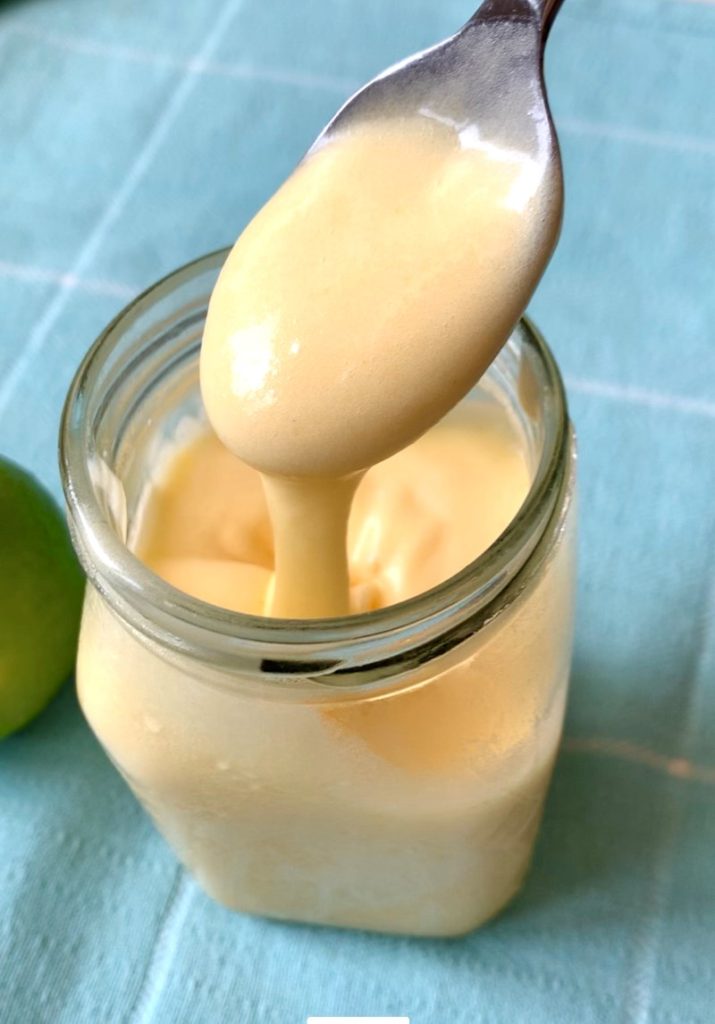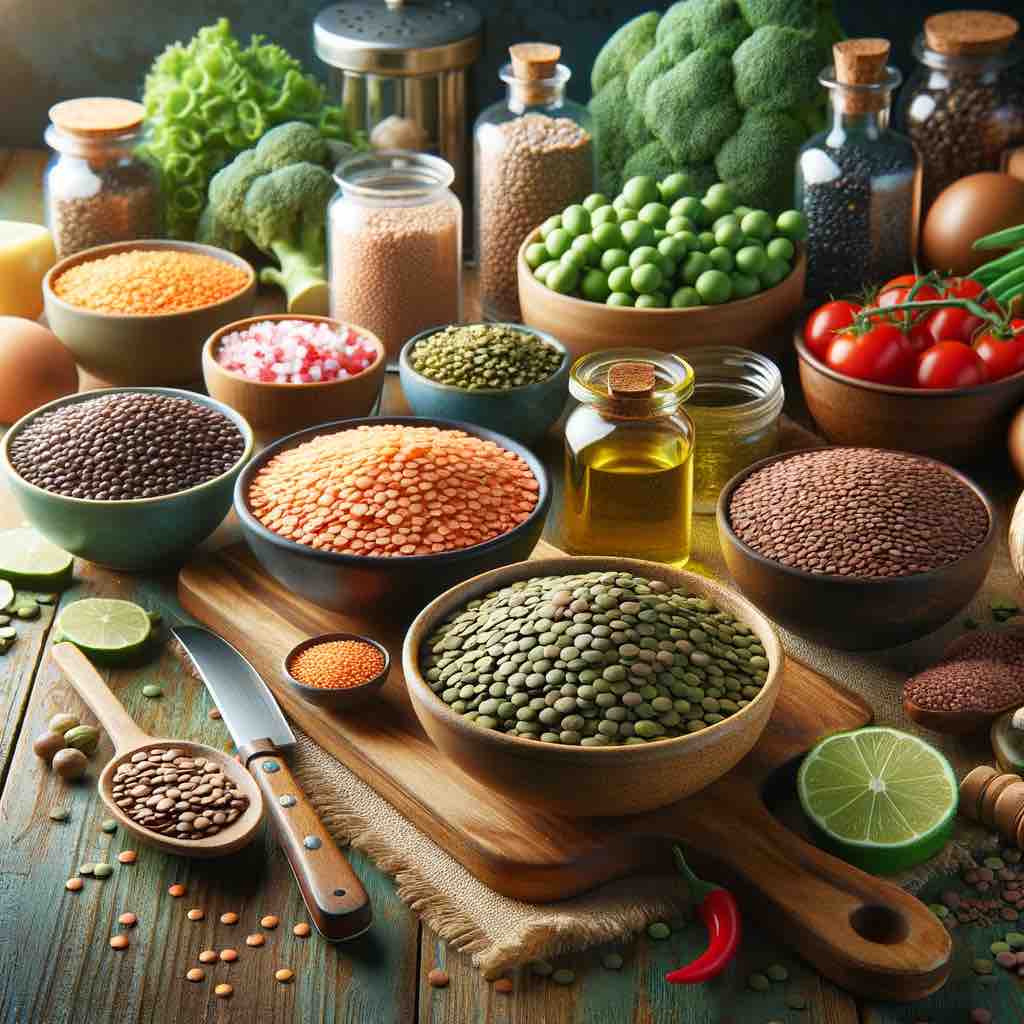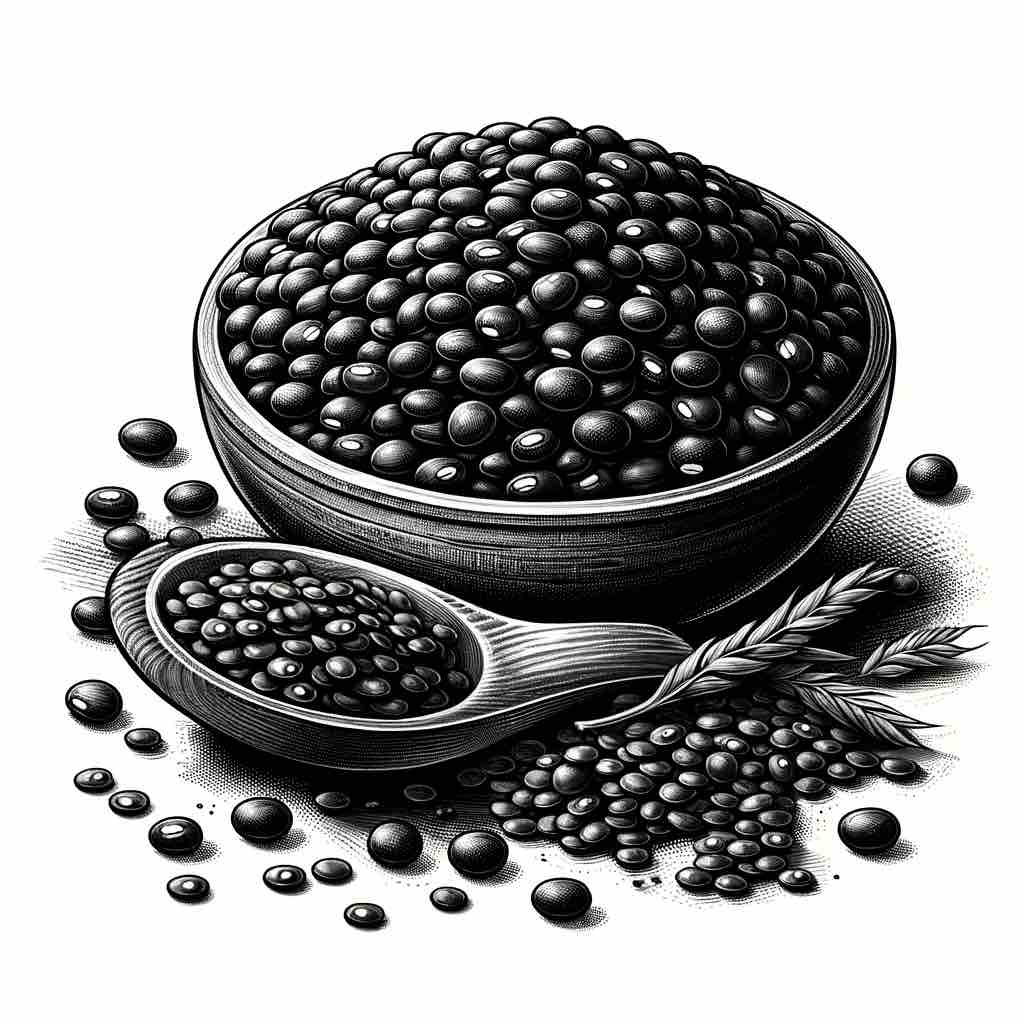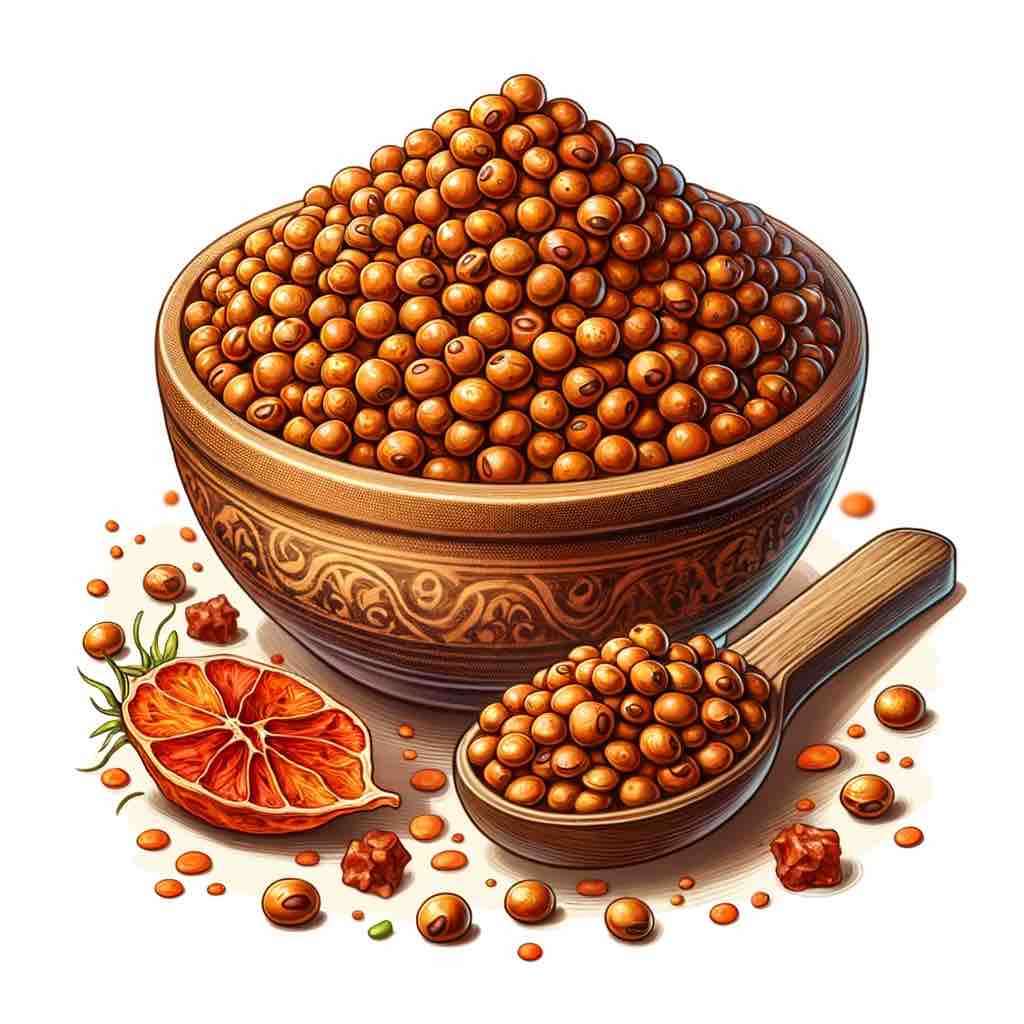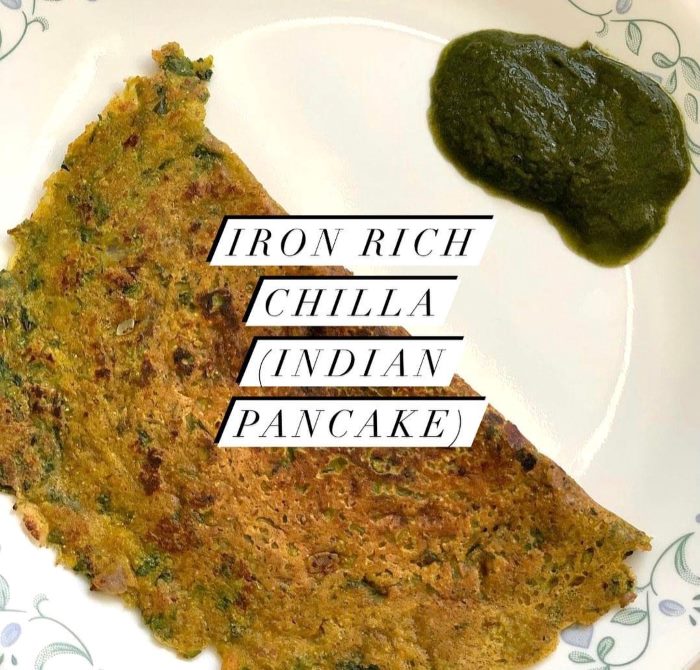
Kids have limited appetite. Give your child the best nutrition in that little food that they eat. The biggest struggle for vegetarians or vegans is to fulfill their child’s iron needs. While balanced diet here is the key but we all know how balanced it gets with the children especially the ones who are picky eaters.
So, I am going to share with you a simple recipe which has a great balance of protein and iron.
We all make BESAN CHEELAS at home. Sharing with you a simple way wherein you can make the best out that one Cheela that your child eats. 😊 And trust me it comes out delicious and packed with flavours. Also, this makes a great lunch box recipe too.
This recipe requires no elaborate preparations, so don’t need to plan ahead either. Just stir together the ingredients to make a batter, pour it on a hot griddle & cook up a delicious healthy meal.
What is Cheela?
Cheela is a sweet or savory Indian Pancakes made using lentils, cereal or grain flour. They are often made without any leavening agents, so they are considered to be healthy.
What is Besan?
Besan is a Hindi word which means “gram flour”. It is a pulse flour made using channa dal or chickpea flour. So besan cheela is gram flour pancakes. These pancakes are Gluten Free, vegan and nutritious. Gram flour is a fabulous source of protein, iron, magnesium, potassium, vitamin B6. Just 100 grams of gram flour can give you 22 grams of easy to digest natural protein. You can make these pancakes with basic ingredients as well but when you add green leafy vegetables to it, it not only enhances the taste but also makes it wholesome and an amazing source of iron for your kids.
Also the vegetables I have added are all homegrown. If you don’t have enough space, grow them in small pots. It’s no rocket science. Just get a few pots or grow bags, potting soil and seeds from any nursery near your house. Engage your children while planting it. The satisfaction of eating your homegrown organic vegetables is unmatchable. Try it!
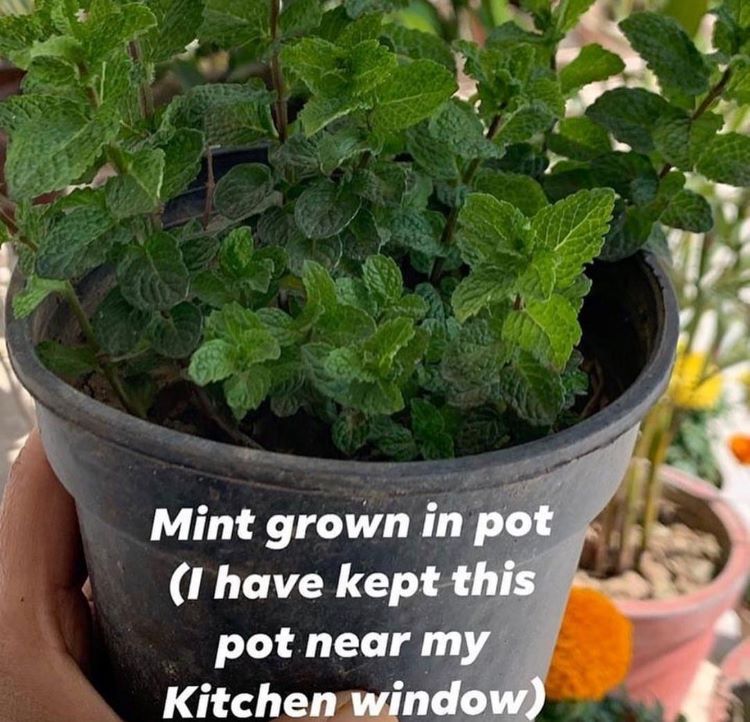
Ingredients
| Prep time: 5 mins | Serving: makes 3 Pancakes |
| Cook time: 5 mins |
- Besan/Chickpea flour: 1/2 cup
- Sattu/Roasted Gram flour: 1/4th cup
- Semolina/Suji: 1/4th cup
- Cumin seeds/Jeera: 1/8th tsp
- Bishop seeds/Ajwain: 1/8th tsp
- Garam Masala: 1/4th tsp
- Roasted Cumin powder: 1/4th tsp
- Turmeric: 1/4th tsp
- Salt & Black pepper to taste
- Chat Masala to taste (optional)
- Coriander powder: 1/2 tsp
- Water as required
- Chopped Methi (Fenugreek), Spinach, Radish leaves, Mint leaves, Curry leaves & Coriander leaves: 1 cup
- Onion: 2 tbsp, finely chopped
- Ginger: 2” long, grated
- Ghee or Oil as required
Method
1 Take Besan/Chickpeas flour, Sattu or Roasted Gram flour (great source of protein) and Semolina/Suji (for crispiness) in a bowl.
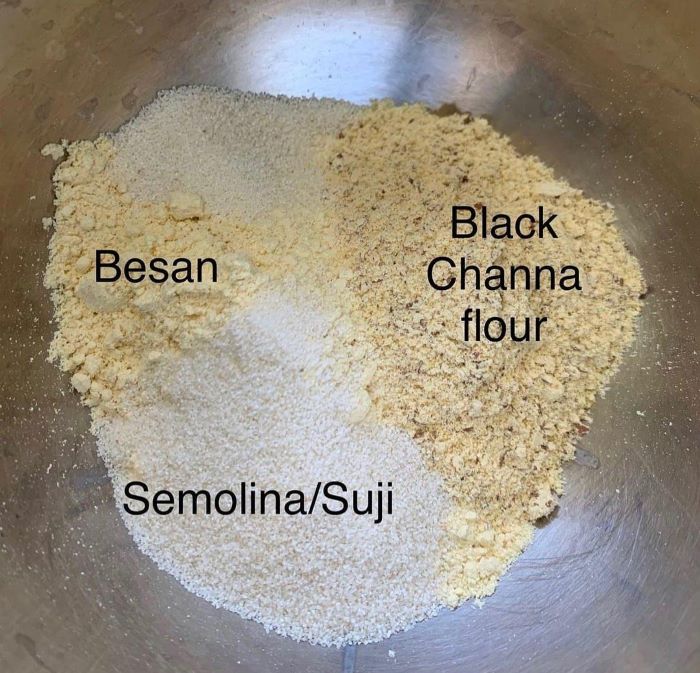
2. To this add turmeric, cumin seeds, ajwain/bishop seeds, garam masala, roasted cumin powder, black pepper, salt, chaat masala and coriander powder. Mix it well. Add enough water to make a thin but not a runny batter. Start with 1/4th cup water and the gradually add more as required. Continue whisking until the batter has a smooth, flowing consistency. There shouldn’t be any lumps, so make sure to break those up while mixing the batter.
Tip: Use a wire whisk to whisk the batter. This will ensure that your batter is lump free.

3. Now add chopped methi (fenugreek) leaves, spinach leaves, onion, grated ginger (fabulous food for digestion), curry leaves, coriander & mint leaves. Use the leaves that are in season. All the green leaves are a great source of iron and this is one of the best ways to incorporate this in your child’s and your diet.
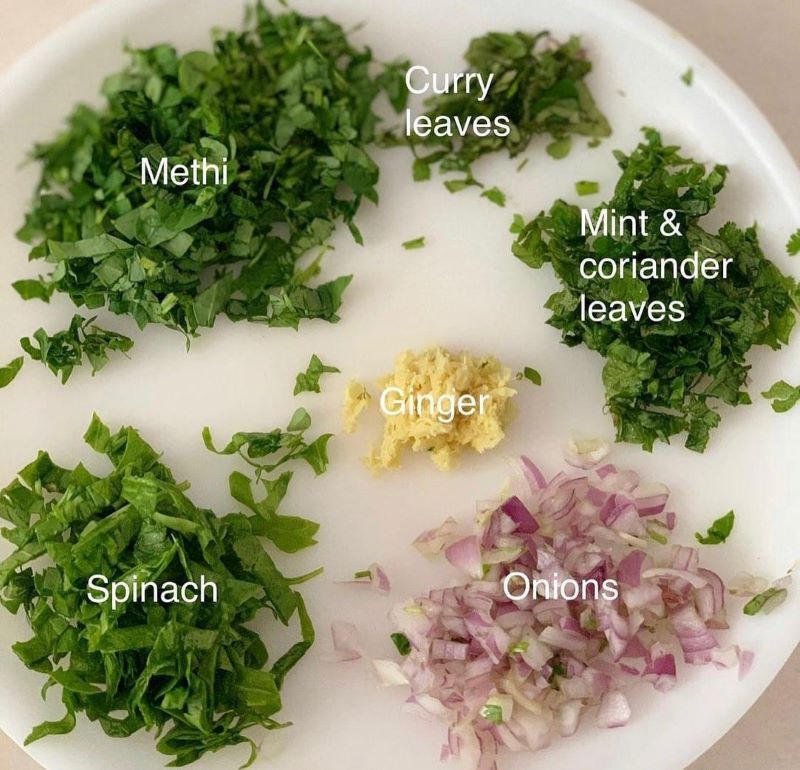
4. Keep the batter aside for 10 minutes. Heat a cast iron tawa on a medium to low heat. I have made it on normal tawa in which we make rotis but if you can’t make it on tawa then you can use a non stick pan as well.
5. Brush the tawa with desi ghee or oil. Add generously to avoid dry cheelas because besan tends to soak ghee/oil. Take a ladle or ¼ to ⅓ of a measuring cup full of the batter and pour on the pan. Spread the batter evenly with the back of your ladle to make thin cheelas.
6. Then continue to cook the chilla on a low to medium-low heat until the top begins to set. You can drizzle some more oil or ghee along the edges for a crispy cheela.
7. You can flip the chilla once or twice for even cooking.
Once the base gets golden brown, it’s time to flip the cheela. Cook the other sides till you see golden spots on cheela. You can flip the cheela once or twice for even cooking.
8. Finally, fold it and then serve it mint chutney, homemade ketchup or the way your child likes it.
Enjoy!! 😊
Notes:
- If some of the spices mentioned above are not available, feel free to skip them.
- Incase you don’t find sattu or roasted gram flour, feel free to skip it and add more besan or chickpea flour. However, sattu is a great source of protein and iron, so it’ll be great if you can get your hands on it.

